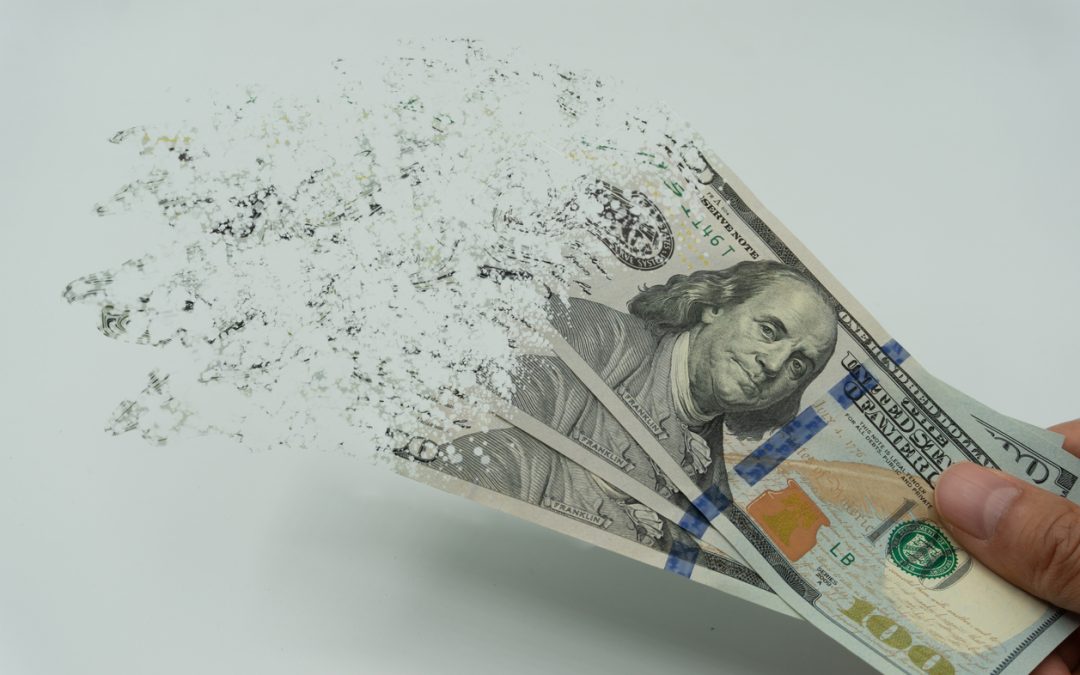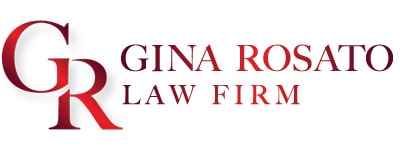
by LawGina | Dec 1, 2023 | Bankruptcy, Debt & Bankruptcy
There is something called a right to set off. This means that a banking institution can take money from your checking or savings account to make a payment on another debt such as a credit card or car loan that you owe the bank. If you are behind on your payments the terms of the contract will allow the bank to do that. It is completely legal. If you are filing for bankruptcy and cannot afford the credit card payments, it is advisable to get a new account at a banking institution where you don’t owe them any money. That is one reason why banks offer credit or incentives to use their bank.
Once a bankruptcy is filed, the automatic stay under the bankruptcy code should limit the bank’s right to a set off. Once your bankruptcy is filed, the law prohibits a setoff of any debt that arose prior to the filing of your bankruptcy petition from any creditor. However, it is still a safe practice to use a bank where you have no credit lines. There are still occasions where creditors violate the automatic stay and while we can get it corrected, it can take some time to do so. There are so many banking options, it is better to be safe than unable to pay your bills or mortgage payment because the bank took their offset. .
If you have any questions about whether a creditor took inappropriate action, reach out to us for assistance and we are happy to evaluate the circumstances.

by LawGina | Jul 23, 2022 | Debt & Bankruptcy
There is no minimum threshold amount of debt to be able to file for bankruptcy. My personal recommendation is that it’s probably not worth it for a debt amount under $5,000. If you have debt over $5,000, your minimum monthly payments are causing you a hardship, and you have been paying high interest and minimum payments with little, or no progress in reducing the principal amount of the debt you are a potentially good bankruptcy candidate.
There is no maximum amount of debt to file a Chapter 7, so that amount can be unlimited. If you have hundreds of thousands of dollars in debt, be assured that the trustee will ask how that money was spent. Some people have over hundred thousand dollars just in student loan debt alone. Even though there is no debt limit to file a Chapter 7, there are income requirements which should be addressed during your consultation. Our first analysis is whether you will qualify for a Chapter 7.
There are caps on debt in a Chapter 13 case which might seem illogical because you are actually paying your creditors, through the trustee for 36-60 months and in a Chapter 7 you are not making a monthly payment to the trustee. For a Chapter 13 you are permitted to have $465,275 in unsecured debt. Unsecured debt includes credit cards, personal loans, medical debt, and student loan debt.
You are allowed to have up to $1,395,875 in secured debt which would include items such as a home mortgage or financed vehicle.









